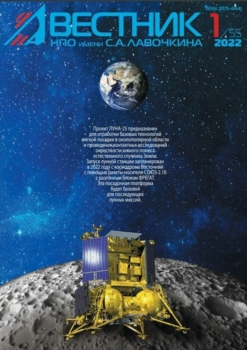Russian and Chinese scientists have blueprinted the concept of an astrophysical telescope to be deployed at a future International Lunar Scientific Station (ILRS).
The equipment is planned for Moon landing as part of the ILRS-5 mission in 2035.
The concepts were developed by specialists from the Institute of Astronomy of the Russian Academy of Sciences, the National Observatory of China, the University of the Chinese Academy of Sciences, and the Kavli Institute of Astronomy and Astrophysics at Peking University.
Three approaches
The advantages of an astrophysical telescope on the Moon and a number of modern scientific tasks are discussed in the quarterly scientific and technical journal Vestnik, distributed by NPO Lavochkin.
Three approaches are detailed:
- A small ultraviolet telescope with an aperture of 15-30 cm and its own guidance system;
- A large multi-purpose telescope with an aperture of 60 cm, operating in the ultraviolet, optical and infrared ranges;
- A multi-aperture telescope for simultaneous shooting of the sky in the ultraviolet range.
Memorandum of Understanding
The ILRS is a complex of experimental research facilities created on the surface and/or in orbit of the Moon. It is designed to conduct multidisciplinary and multi-purpose scientific research, including the exploration and use of the Moon, lunar observations, fundamental research experiments and technology testing with the possibility of long-term autonomous operation and with the prospect of a human presence on the Moon.
A Memorandum of Understanding between the governments of Russia and China on cooperation in the field of creating the ILRS was signed on March 9, 2021. The project is open to all interested countries and international partners.




